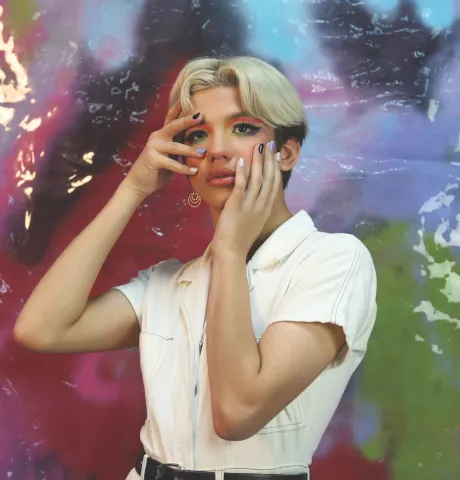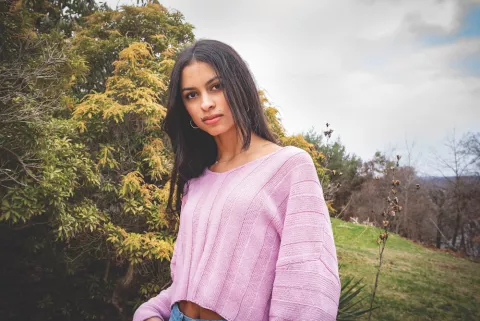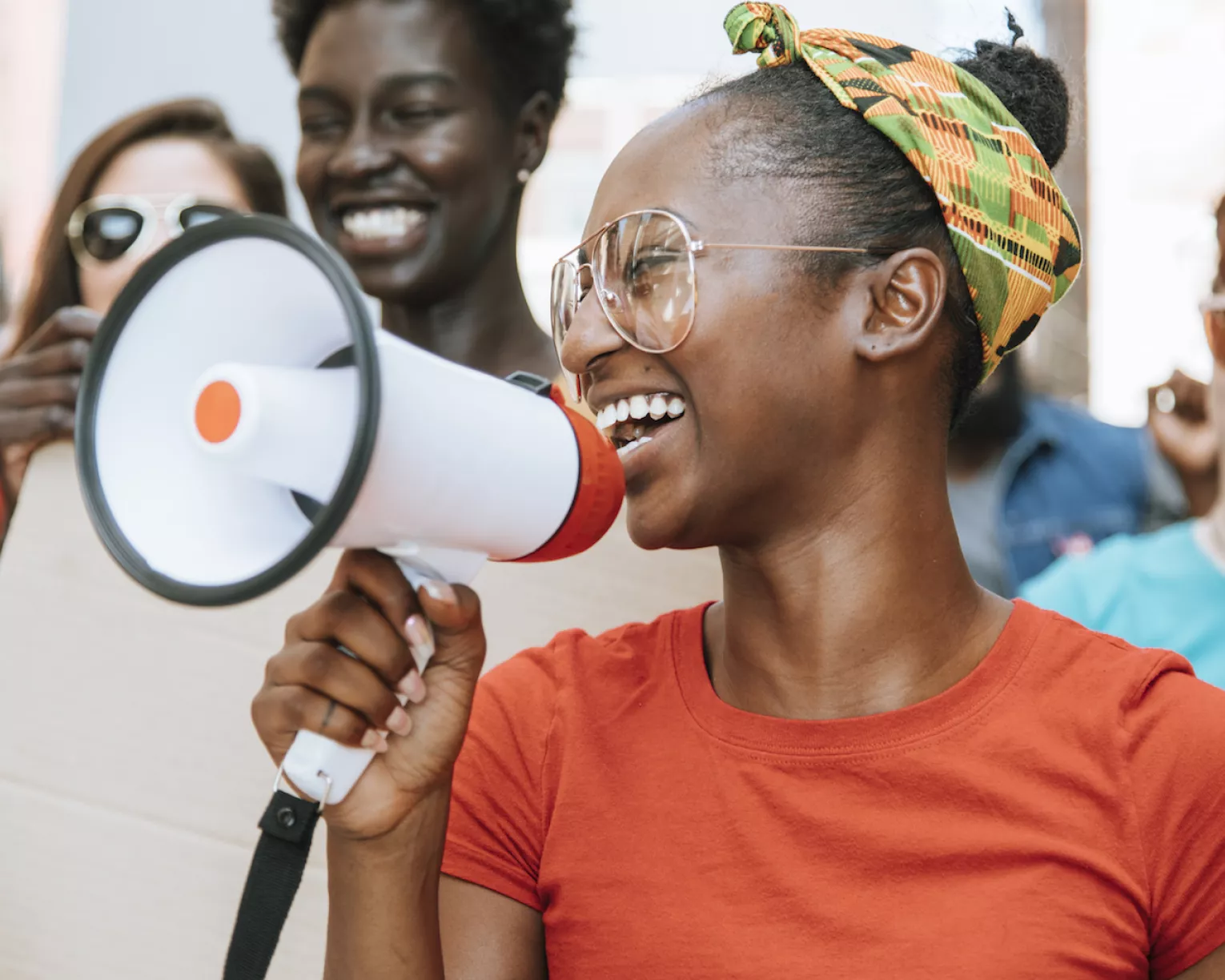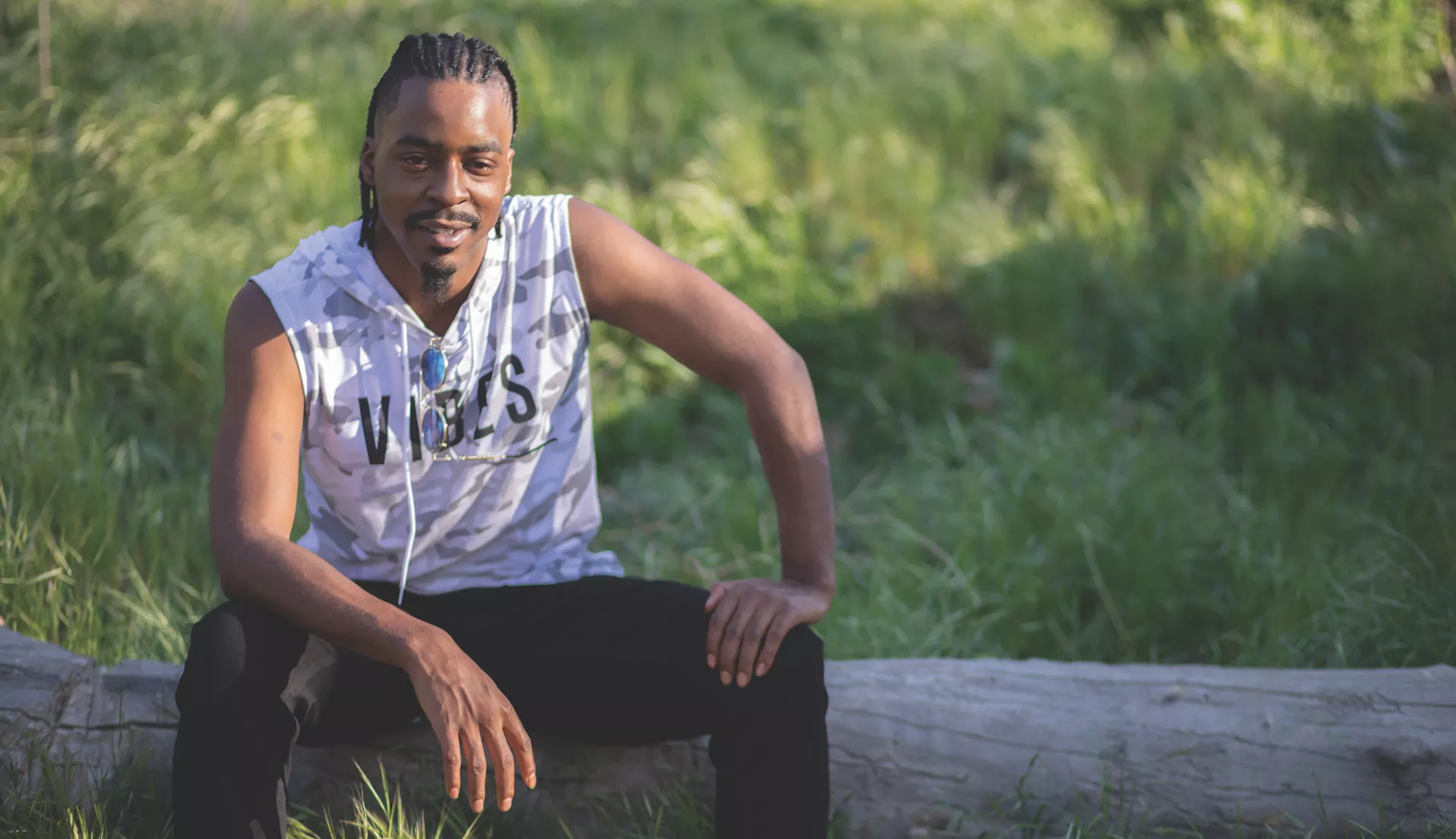Key Takeaways
- When the pressure to do well academically, look good, and fit in collide, school can be an anxiety-producing place, and even more so for LGBTQ+ students of color.
- Educators can help by creating a welcoming learning environment for these students by affirming and respecting their intersecting identities.
- NEA Today spoke with three students about their experiences and the educators who supported them.
Meet the Students
LUKE CHACKO, 15, DALLAS, TEXAS
Luke finished ninth grade in May, loves math, writes songs, and sings. They are mixed-race (Indian/White) and nonbinary, gay. Their pronouns are he/she/they, but they is preferred.
GIA PARR, 17, CONNECTICUT
Gia graduates from high school this month. Her favorite subject is English. She plays field hockey and likes acting and modeling. She is mixed-race (Black/White) and is transgender, female. Her pronouns are she/her/hers.
JOSEPH REED, 19, SAN BERNARDINO, CALIFORNIA
Joseph graduated high school in 2020. His favorite subjects were biology and economics. He enjoys music and dancing. He is African American, male, and bisexual. His pronouns are he/his/him.
Before the pandemic, Luke Chacko would talk to their theater teacher most mornings and spend time with their friends. Their classes were academically challenging, but school was also a place that allowed Chacko to express themselves authentically, wearing makeup to school and dressing how they wanted. “That was one of the best experiences,” Chacko shares.
For Gia Parr, school started as early as 7 a.m. She attended classes, hung out with friends, and stayed late for a club. And twice a week, she went back to school at 6 p.m. for driver’s ed. “I was really busy,” she says.
Before Joseph Reed graduated in 2020, he had ups and downs and struggled with grades and attendance due to difficulties in his personal life. But he made some die-hard friends at school and learned to do better, accepting guidance from those around him. “A lot of times, it was the teacher who made me enjoy my classes,” he says.
For Chacko, Parr, and Reed, and for all students, school should be a place that inspires imagination, cultivates curiosity and critical thinking, and helps them pursue their dreams—no exceptions. School also comes with the pressure to do well academically, look good, and fit in. When these stressors collide, school can be an anxiety-producing place, and even more so for LGBTQ+ students of color.
But educators can help create a welcoming learning environment for these students by affirming and respecting their intersecting identities—meaning that a student’s experience is influenced by more than one identity, such as race or ethnicity, gender identity or expression, faith traditions, or family structures, among others.
NEA Today spoke with Chacko, Parr, and Reed about their experiences and the educators who supported them.
How does your race and gender impact you at school— and what happens when both intersect?
Luke Chacko: My race has never had a huge effect on me because I am half-White and White passing [often perceived as White]. However, I discovered my gender identity this year when I took the time to learn and love myself. In my middle school during eighth grade, I felt they would have been accepting because it was a school for the arts, where everybody cherishes and rejoices in being yourself.
I’ve never had my identities as a mixed-race and non- binary person impact me, but I feel it could. [A nonbinary person does not identify exclusively as female or male, and could identify as both, somewhere in between, or outside the binary categories.]

I have noticed that gay, nonbinary, or trans People of Color do not get as accepted as easily as White passing or White people in the LGBTQ+ community. It’s ridiculous. If it wasn’t for People of Color like Marsha P. Johnson, a Black trans woman [who was a prominent gay liberation activist], we wouldn’t be here today.
Gia Parr: Being mixed-race, I’m either too much of one or too much of the other—and there are stereotypes that come with that. For me, it’s a constant struggle, and I can’t find the middle point. I’m also in a community with LGBTQ+ people and in a community with People of Color. When someone gets verbally attacked for being LGBTQ+ or verbally attacked for being Black in my town, I take in both. It can be a lot.
When I first came out as a transgender girl, people talked, but eventually it died down. My friends don’t really talk about it anymore.
I feel being trans and mixed-race does affect me because I become the token diversity person at my school. I’m transgender. I’m mixed-race. If we’re talking about transgender issues in class, I feel the need to speak on it even when I’m not feeling the best of my identity. It’s like I don’t have a choice.
Is your school’s curriculum inclusive of LGBTQ+ people?
Joseph Reed: It is in certain classes, like economy. When we worked on current events, we learned about what was going on now and how certain people are kept at the bottom of the food chain. It can be because of my race or gender identity, and it can be hindering. And you’re left guessing why you’re at the bottom of the food chain.
GP: The curriculum isn’t very inclusive. If a class is offered, you need to look hard for it, because it’s not promoted. I had an English class this year that focused on human rights and LGBTQ+ issues. I learned so much about my past and the history of LGBTQ+ people in America. It’s the most interesting class I’ve taken in high school.
How have teachers supported you in the past, and what would your advice be to adults who are still learning?
LC: My eighth-grade theater teacher was my biggest LGBTQ+ inspiration. He is gay and was my first role model in the LGBTQ+ community. He taught me to learn to love myself. He helped me grow as a young LGBTQ+ student.
For people who are still learning, I would say to be accepting, listen—listening is key—and advocate and learn about People of Color who are LGBTQ+.

GP: The summer going into junior year, I got to model for the Gap and was on the last episode of the TV series Pose. When I returned to school, one teacher said, “Oh my gosh, I can’t believe you were on Pose!” It was exciting to see teachers and students support me and recognize my work in the LGBTQ+ community.
My advice to these adults: Education is the most important piece. People should be familiar with LGBTQ+ terms and gender identities, and learning this should start early, not only when a person comes out at your school.
JR: A school district member introduced me to the work of the Human Rights Campaign (HRC) and helped me attend its annual conference in 2019 and be a guest speaker the next year in Washington, D.C.
For the adults, keep a positive and open mind, be patient, and know that it may not be an easy journey for people who are still learning. Things can be easily misinterpreted.
What does lack of support from teachers look like?
LC: At my previous school, I remember it was more accepted by a lot of the guys to accept girls who were bisexual. The bigger issue for them was people like me. I never came out at that school. I am almost 100 percent sure I would have been driven to suicide. I really had to say, “I don't want to be here. I don't feel safe. I can’t be myself.” I couldn’t say much at that school without being told, “You have a high voice, you must be gay” or “you walk a certain way, you must be gay.” It hurt for the longest time. That's when I was really trying to learn and understand who I am.
I remember some teachers and students would tell me, “Oh, you're young. You don’t really know.” To me that sidetracks the conversation. It’s saying, you can be that … for now. It was inconsiderate, and it was not validating what I was saying. It made school unsafe and made me suicidal. I remember having awful mental health issues. I'm still trying to learn and cope with it, but had I stayed there, I don't think I would be here today.
I feel being trans and mixed-race does affect me because I become the token diversity person at my school. I’m transgender. I’m mixed-race. If we’re talking about transgender issues in class, I feel the need to speak on it even when I’m not feeling the best of my identity. It’s like I don’t have a choice." — Gia Parr
GP: Lack of support is not feeling comfortable enough to come out. In middle school, I came out to my entire school. But when I moved to high school, it was different. It was more word of mouth. Some people knew, some people didn't. I've noticed many of my teachers don't know I’m transgender.
One time, during freshman year, I was raising money for LGBTQ charities in my area. Me and my friend were presenting in front of my class and my teacher pulls me aside and says, “Here's $5, just don't donate it to the LGBTQ charities. Donate it to the storm relief.” That was hurtful. I was like, “Um … OK,” but we donated it to the LGBTQ charities anyway! I just want to be in a classroom where I’m comfortable enough to share about my identity.
What does your work with groups like the Human Rights Campaign and other LGBTQ+ organizations mean to you?
LC: Groups like the Gay-Straight Alliance (Gender and Sexuality Alliance Network) and HRC are a huge deal to me. They’re showing us that they care by giving us this huge platform to advocate on and to be ourselves. They’re about uplifting the voices of young people, People of Color, and LGBTQ and nonbinary voices that typically aren't heard. We are saying that we are here, we are the future, and we’re going to make the best out of our lives. We need you to listen, because many of us are hurting, and we need help.
GP: It means so much to me because it's about educating people. Gender Cool, where I’m a Gender Cool Champion, focuses on positive transgender stories, and with the HRC I'm able to bring my story and share my positive experiences. When I learned the word “transgender” on the internet, I only learned about the negative things: suicide, depression, and bullying in school. This wasn't my experience. And for people who haven't heard the word transgender before, I don't want them to fear it. I want them to embrace it and be OK with it. It's not how the media has painted it in the past with negative stories.
JR: It means I get to have a voice and an opportunity to help others learn about the LGBTQ community. I’ve learned so much through HRC and how the organization circles around everyone, even if you are straight. If you are supportive of the LGBTQ community, you have a voice as well. The fact that there are straight supporters out there fighting for us … has been an eye-opener.
Take Action
The U.S. Department of Education’s (ED) Office for Civil Rights has announced a virtual public hearing to gather information to improve the enforcement of Title IX of the Education Amendments of 1972.
The registration for the upcoming virtual public hearing will be on June 7-11, 2021 and posted the unofficial notice of the hearing on the ED website.
At the hearing, members of the public—including educators—may comment on steps ED can take to ensure that schools are providing students with educational environments free from discrimination in the form of sexual harassment, which encompasses sexual assault and other forms of sexual violence.
They may also comment on how ED officials can continue to ensure that schools have grievance procedures that provide for the fair, prompt, and equitable resolution of reports of sexual harassment and other sex discrimination, cognizant of the sensitive issues that are often involved.
To register for the event, go here.
You can help create safe, welcoming learning environments for all students. Visit nea.org/ professional-excellence/just-equitable-schools.
Save the Date
Don't Miss Out



